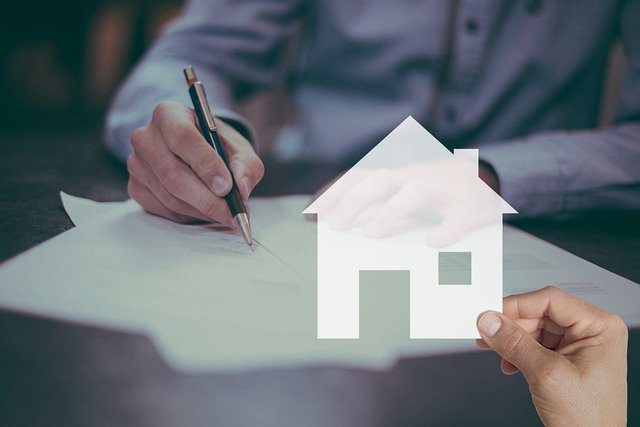With mortgage interest rates recently falling, you might have heard someone talk about refinancing their home—or you might be considering it for yourself. But what exactly is home refinancing, and how does it work?
Home Refinancing Basics
Refinancing a home is essentially the process of paying off your current home loan with the help of a new home loan; in other words, you’ll be replacing your existing mortgage with a new mortgage, in the form of a home refinancing loan. There are many motivations that could lead a homeowner to want to do this, and in many cases, there are significant financial advantages. However, it’s not the right move for every homeowner.
When you refinance, you’ll be able to find a loan with a new set of terms. Depending on your situation, you may be able to find a loan with a lower interest rate, or you may switch from an adjustable rate mortgage to a fixed rate (or vice versa). You may also be able to change the terms of your loan, extending or shortening them, depending on your goals.
The Potential Benefits of Home Refinancing
These are some of the biggest motivating factors leading homeowners to seek refinancing:
- Lower monthly mortgage payments. One of the biggest advantages of home refinancing kicks in when interest rates drop. If you can get a more favorable interest rate for your loan, you may be able to lower your monthly mortgage payments. For example, let’s say you’re currently paying a 5 percent interest rate on a mortgage with $100,000 of borrowed principal; this amounts to $5,000 of interest per year, or roughly $416 per month just in interest. If you can reduce that rate to 3 percent, you’ll lower your annual cost to $3,000, which amounts to $250 per month. Instantly, you could save more than $166 per month with this new structure.
- Paying off a loan faster. Some people choose to refinance so they can pay off their home loan faster. If you purchased a home a few years ago and got a 30-year mortgage, it’s going to be a long time before you’re able to fully pay it off. But through refinancing, you may be able to set much shorter terms, ultimately paying off the loan in 15 years or less. You’ll make higher payments to make this happen, but you’ll pay far less interest over the course of the loan.
- Changing the interest rate. Homeowners can also benefit by changing not just the interest rate number, but the type of interest rate. Typically, this occurs when a homeowner changes an adjustable rate mortgage to a fixed rate mortgage. Adjustable rate mortgages allow lenders to change the interest rate according to economic conditions; in some cases, these fluctuations in your favor, but you might also end up with a higher interest rate than what you initially agreed to. Generally speaking, fixed interest rate loans are more consistent and more favorable to homeowners.
- Better managing cash and debt. Of course, you could also pursue home refinancing if you’re interested in better managing your cash and debt. For example, you may want to refinance your home if you’re interested in freeing up cash to pay off other, more financially crippling debt—like credit card debt.
How to Pursue Home Refinancing
If you’re interested in refinancing your home, there are several steps you’ll need to follow:
- Research and consideration. First, you’ll need to crunch the numbers and figure out whether home refinancing is really the right move. What interest rate are you currently paying? What kinds of interest rates are available? Are you in an adjustable rate mortgage, or a fixed rate mortgage? What other debts are you facing?
- Shopping. Next, you’ll want to shop around. There are many lenders offering home refinancing, and not all of them are going to come to you with the same offer. Compare mortgage rates and look for a loan with the lowest possible interest rate and the best possible terms for your condition.
- Putting your finances together. Just like with your first mortgage, you’ll need to put your finances and paperwork together before applying. Make sure your credit score is healthy, since a better credit score will lead to more favorable terms and higher approval rates, and be ready to prove your income, employment status, and identification.
There are some risks and downsides associated with home refinancing. For example, you’ll restart the amortization process; if you signed up for a 30-year mortgage 5 years ago and you refinance for another 30 years, you’ll ultimately spend 35 years of your life paying off this debt. And in some conditions, you may end up with less favorable financial conditions. However, these downsides could be minimal compared to the potential benefits; it’s on you to do your research and consider your specific situation.

